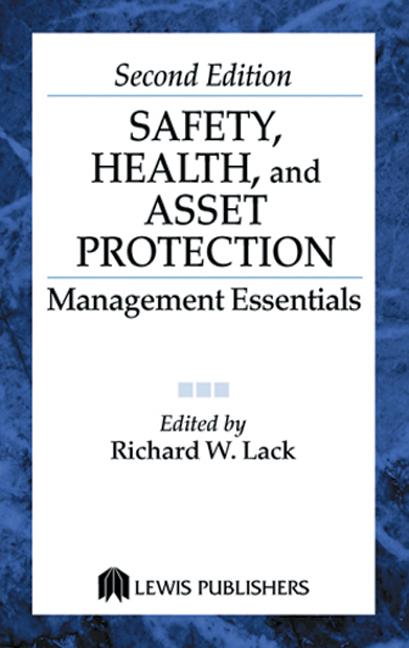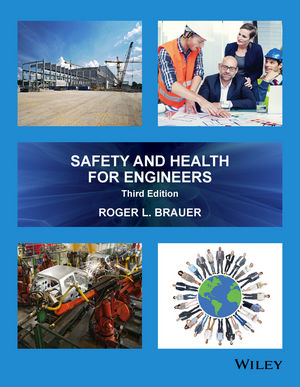According to the U.S. Bureau of Labor Statistics, by 2020, American workers 55 years or older will increase by almost 10 million, or at a rate of 33.5%.
In addition, by 2020 most workplaces will have five generations working side by side.
An aging workforce means having to think about how workers and organizations address the needs and challenges of older workers, as well as take advantage of the opportunities that aging and an age-diverse workforce can bring to the work environment, according to NIOSH.
Recognizing the importance of aging in the context of work, NIOSH recently established the National Center for Productive Aging & Work (NCPAW), hosted by the Office of Total Worker Health®. The mission of the center is to: 1) promote age-related research; 2) develop and promote translational products, best practices, and interventions to facilitate an aging-friendly workplace; and 3) build and foster relationships with extramural researchers and partners.
An important part of the center’s mission is the concept of productive aging, which involves providing a safe and healthy work environment for workers of all ages, and creating conditions that allow workers to function optimally regardless of their age. The center frames aging in the workforce in light of its positive aspects, and the factors that are responsible for enhancing workers’ abilities to function effectively and thrive in the workplace. The center’s model of productive aging includes the following components:
· A lifespan perspective that considers the patterns of change and transition that occur across the working life. This perspective extends the concept of productive aging to workers of all ages and views the aging process as dynamic, adaptive, and influenced by the environment.
· A comprehensive and integrated framework of complimentary strategies that are a part of a coordinated intervention program. These strategies draw from a growing knowledge base of factors that have particular significance for an aging workforce where people are working longer (e.g., ergonomics, injury prevention, chronic disease management, healthy lifestyles, workplace flexibility, etc.).
· Outcomes that recognize the priorities of both workers and organizations. Productive aging assumes that worker-centered outcomes (e.g., job satisfaction, well-being) and organizational-centered outcomes (e.g., improved performance, reduced healthcare costs) are both important to consider and can potentially influence each other.
· A supportive culture for multi-generational issues that arise when up to four generations are working side-by-side. Learning to manage these issues and build upon the unique strengths of each generation creates an inclusive workplace culture that also contributes to productive aging, according to NIOSH.





